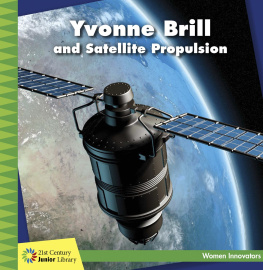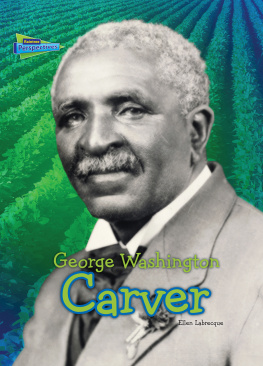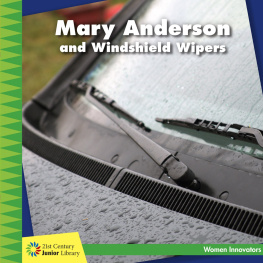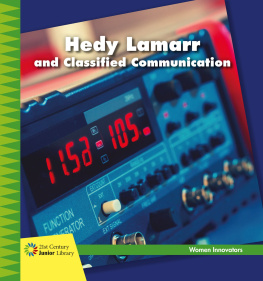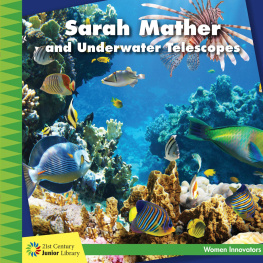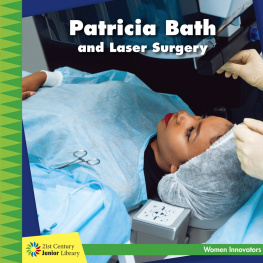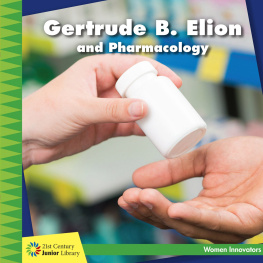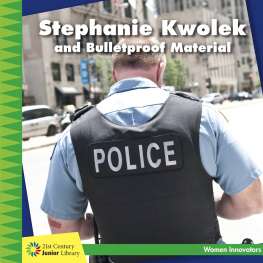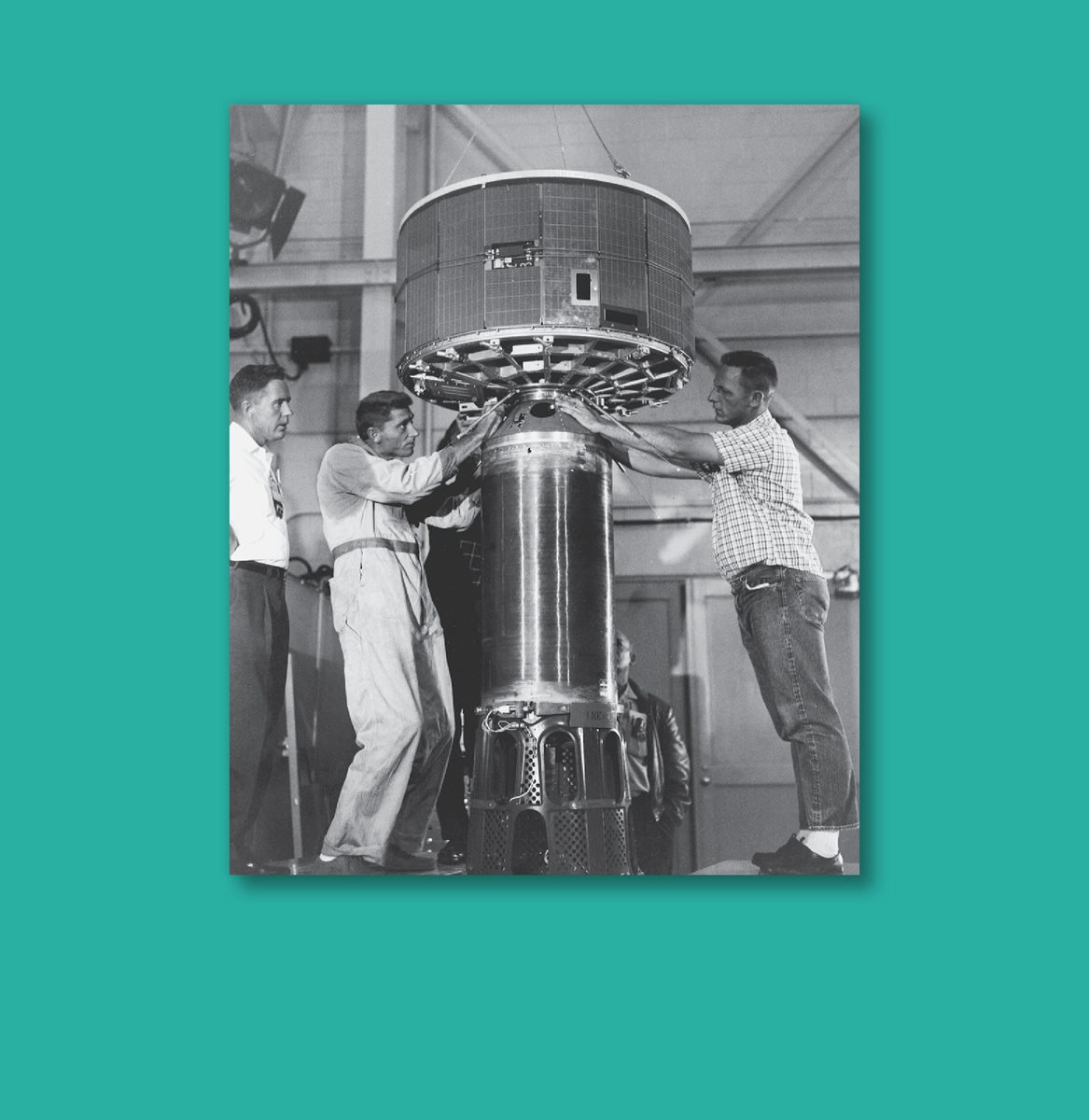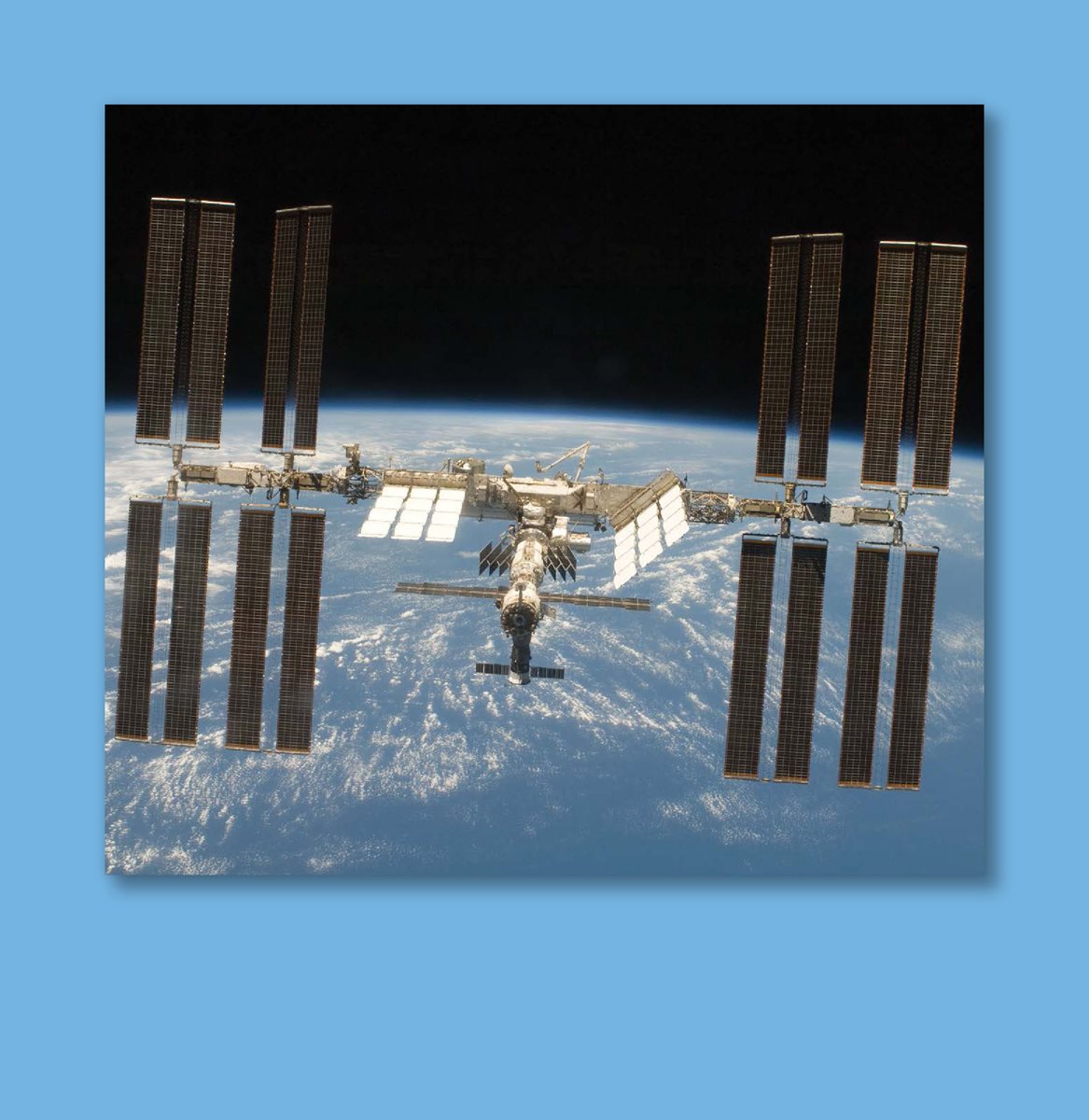Table of Contents
Guide


Published in the United States of America by
Cherry Lake Publishing
Ann Arbor, Michigan
www.cherrylakepublishing.com
Content Adviser: Amelia Wenk Gotwals, Ph.D., Associate Professor of Science Education, Michigan State University
Reading Adviser: Marla Conn MS, Ed., Literacy specialist, Read-Ability, Inc.
Photo Credits: Cristi Matei/Shutterstock Images, cover; NASA/ Johnson Space Center, 4; Harris & Ewing/Library of
Congress, 6; Esther Bubley/Library of Congress, 8; NASA/ Goddard Space Flight Center, 10; Yvonne Brill (US3807657)/
United States Patent and Trademark Office, 12; NASA, 14; Win McNamee/Staff/Getty Images, 16; NASA/JPL-Caltech/
MSSS, 18; NASA/Dan Casper, 20
Copyright 2017 by Cherry Lake Publishing
All rights reserved. No part of this book may be reproduced or utilized in any
form or by any means without written permission from the publisher.
Library of Congress Cataloging-in-Publication Data
Names: Labrecque, Ellen, author.
Title: Yvonne Brill and satellite propulsion / by Ellen Labrecque.
Description: Ann Arbor, MI : Cherry Lake Publishing, [2017] | Series: 21st century junior library. Women innovators |
Audience: K to grade 3.
Identifiers: LCCN 2016029708| ISBN 9781634721844 (hardcover) | ISBN 9781634723169 (pbk.) |
ISBN 9781634722506 (pdf) | ISBN 9781634723824 (ebook)
Subjects: LCSH: Brill, Yvonne Madelaine, 1924-2013Juvenile literature. | Artificial satellitesPropulsion systems
Juvenile literature. | Women engineersBiographyJuvenile literature. | EngineersBiographyJuvenile literature. |
Women inventorsBiographyJuvenile literature. | InventorsBiographyJuvenile literature. | Outer space
ExplorationBiographyJuvenile literature.
Classification: LCC TA157.5 .L33 2017 | DDC 629.43/4092 [B] dc23
LC record available at https://lccn.loc.gov/2016029708
ISBN-13: 978-1-68444-492-2 (e-book)
Cherry Lake Publishing would like to acknowledge the work of The Partnership for 21st Century Skills.
Please visit www.p21.org for more information.
Printed in the United States of America
Corporate Graphics
Synchred Read-Along Version by:
Triangle Interactive LLC
PO Box 573
Prior Lake, MN 55372
The National Aeronautics and Space Administration (NASA)
has been working on space exploration since 1958.
A Woman
We live in the space age. Spaceships
rocket around the earth. Spaceships
have landed on the Moon. One day,
people could even take a spaceship to
the planet Mars!
Yvonne Brill was a rocket scientist
who helped make space travel happen.
She invented ways to send and keep
rockets in space!
Adventurous women like Amelia Earhart were important
role models for young girls like Yvonne.
Yvonne Madelaine Claeys was born on
December 30, 1924, in Manitoba, Canada.
Her mom and dad were immigrants from
Belgium. Her dad worked as a carpenter .
Yvonne was inspired by Amelia Earhart, a
famous female pilot. Earhart was the first
woman to fly solo across the Atlantic and
Pacific Oceans. Yvonne wanted to do
exciting things, too.
When Yvonne was growing up, the few women who studied
science typically became chemists, not engineers.
Yvonne went to the University of
Manitoba. She wanted to study
engineering . But the school would not
let her. They thought women werent
supposed to study engineering. So she
studied chemistry and math instead.
She graduated in 1945.
Early American rocket scientists were almost all men.
After college, she worked for the Douglas
Aircraft Company in California. She worked
on the first designs for an American
satellite . At the time, she was the only
woman rocket scientist working in the
United States!
Create!
Create a new design for a spaceship. What would it look like?
How would it work? Where would it be able to go?
To get a patent, Brill made detailed
drawings of her invention.
An Idea
In 1951, Yvonne married William Brill.
The couple moved to Princeton, New Jersey.
Yvonne worked for a new rocket-building
company. In 1972, she patented a system
to propel objects forward. The rocket
thruster she invented helped keep
satellites from slipping out of their orbit .
Global positioning system (GPS) satellites allow you to
use digital maps in your car and on your phone.
Brills invention also helped satellites
use less fuel. They could stay in space
longer without refueling. In the years
that followed, Brill continued to work
on propulsion systems. Her thrusters
even helped NASA explore the Moon
and study Mars!
Ask Questions!

